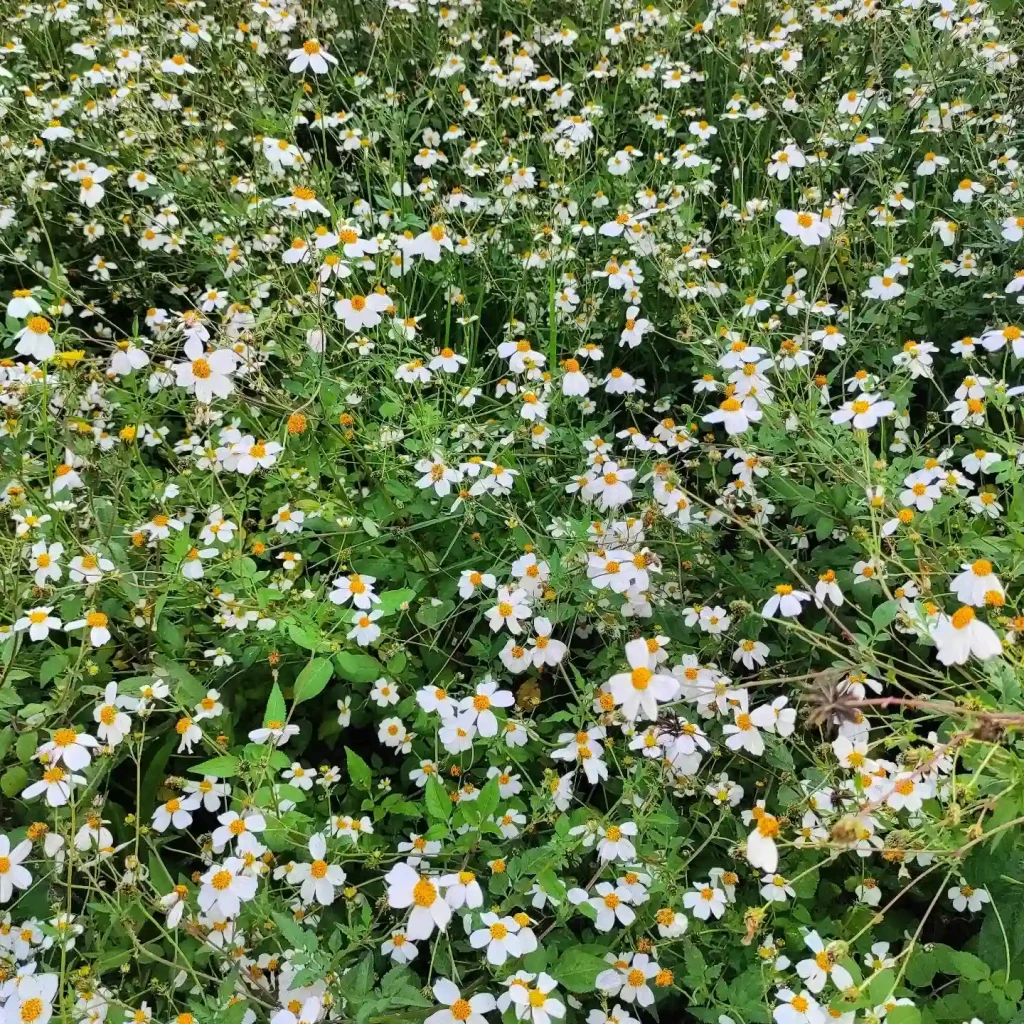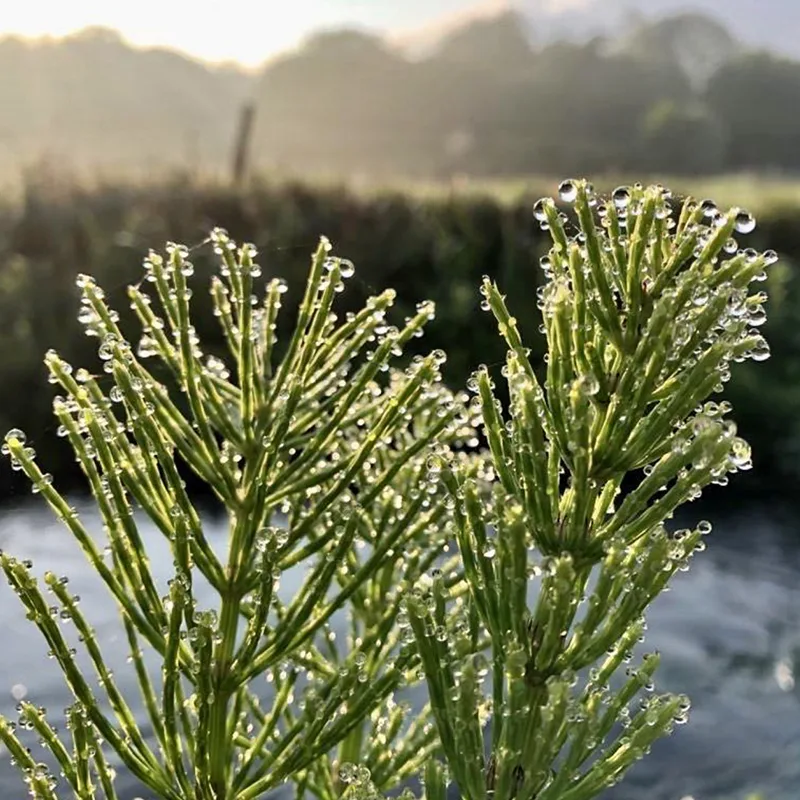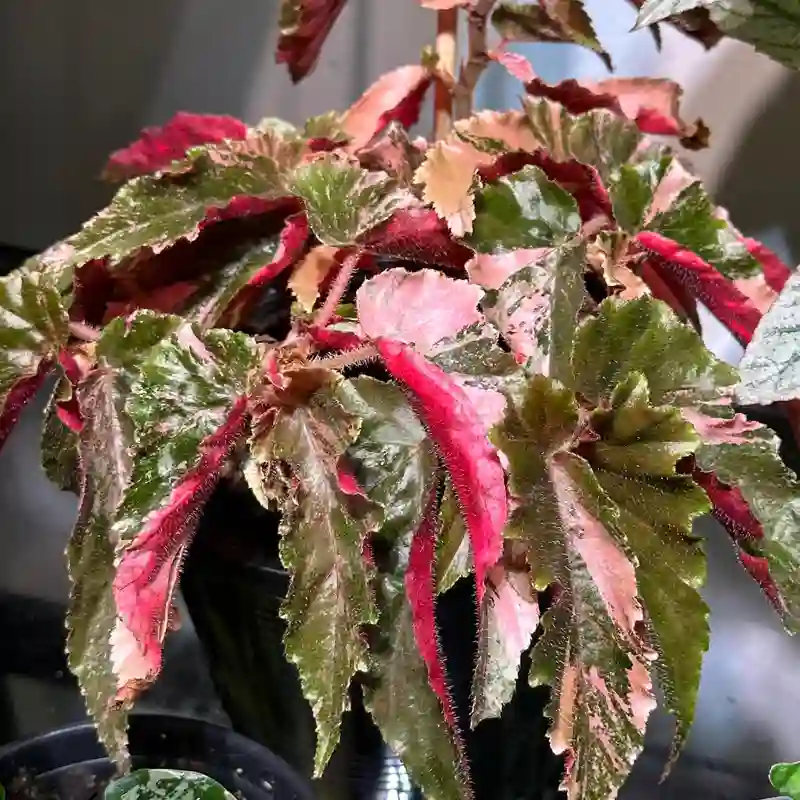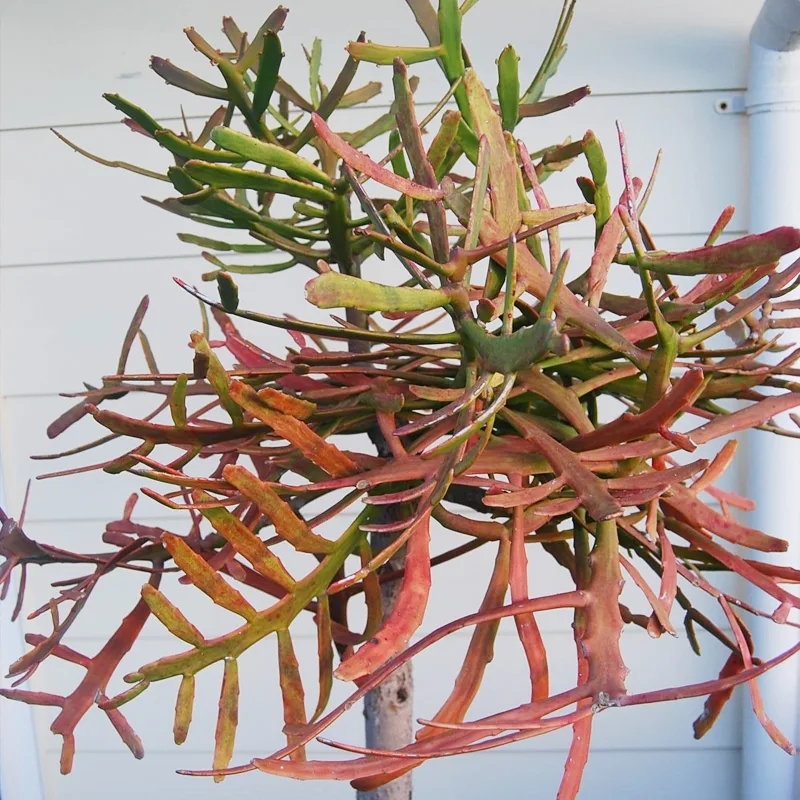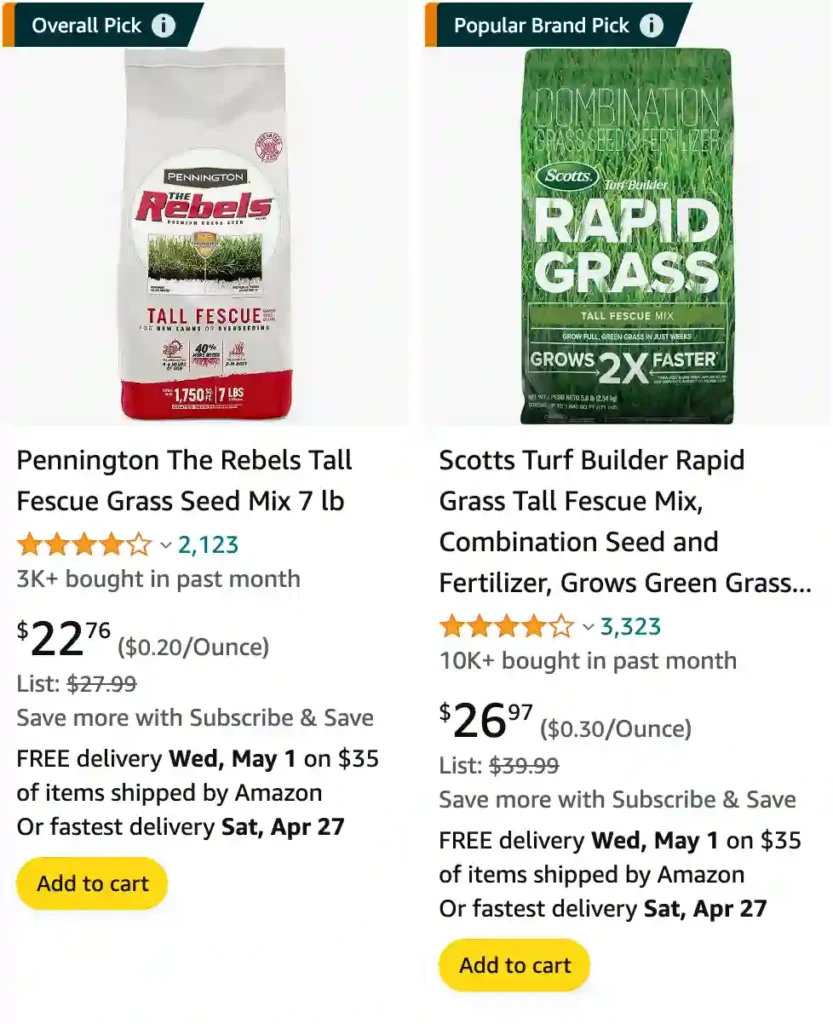
What is fescue grass?
Fescue grass… to be honest, I’ve always thought it was a bit rough and prickly as lawn turf. We had it growing up, because it handles shade well and the backyard was a bit of a dappled mess of trees and sunlight. It survived our childhood games better than a softer grass probably would have, so there’s that! I’m not the biggest fan of the texture, and I find it tends to bunch up a bit rather than creating a smooth carpet like some other grasses, but it was certainly low-maintenance. Dad never seemed to do much more than mow it on occasion.
Does fescue grass spread?
I wouldn’t say that fescue grass is a big spreader. It definitely wasn’t in our yard! It sort of grew in thicker clumps over time, but those patches stayed where they were. We had some bare spots along the edge of the yard where the grass gave up entirely, and those never filled in on their own. If I wanted to make the lawn look fuller, I’d probably have to overseed it myself. That’s the impression I got, anyway!
What does fescue grass look like?
Fescue grass has a kind of a deep green color to it – it’s not that vibrant, almost lime green you get with some turf grasses. The blades themselves are thicker and coarser than most of the other lawns I’ve seen in the neighborhood. It also always seemed to stand up in taller clumps, giving it a somewhat spiky, uneven look compared to a neatly manicured lawn. I guess it depends on what kind of aesthetic you’re going for!
What is tall fescue grass?
Tall fescue is, well, exactly what it sounds like – fescue grass that grows taller. It makes sense that we had it in our yard, with how unfussy my parents were about frequent mowing! Compared to regular fescue, it looks even more wild and spiky to me. I know people sometimes use it if they want a low-maintenance lawn that they don’t have to trim super often, but personally, I prefer a grass with a more manicured look.
How to kill bermuda grass in fescue?
Battling Bermuda grass in my fescue lawn has been a real war of attrition! Those Bermuda patches seem to pop up everywhere. I’ve tried a few things with mixed success. Pulling them up by hand works for a small patch, but forget it for anything larger. Pulling just disrupts the feathery roots and they multiply like crazy. The smothering method with plastic seems interesting, especially for stubborn areas. I might give that a go next time. However, my worry is killing the fescue underneath as well. The safest bet I’ve found so far is a selective herbicide like Ornamec. It takes a few applications and following the instructions carefully is key, but it seems to weaken the Bermuda without harming the fescue too much. It’s a slow process, but at least it doesn’t feel like I’m nuking the whole lawn!
Is fescue a warm season grass?
Nope, fescue is actually a cool-season grass. That’s probably why our lawn always perked up so much in the spring and fall! I remember it looking pretty brown and rough by the middle of summer, especially during hotter years. I always thought it’d be nice to have one of those bright green lawns that stays lush all year, but honestly, I appreciate that the fescue didn’t need much watering or extra fussing on those scorching days.
How to get rid of fescue grass?
Honestly, getting rid of our old fescue lawn was a huge relief! It had gotten so clumpy and uneven, and those coarse blades just didn’t look good. We decided to go all out and start from scratch. Using a sod cutter was an absolute lifesaver– it got those deep fescue roots and all. Renting it can be a bit pricey, but the time, effort, and frustration it saved was worth it in my opinion. After that, it was all about preparing the soil, laying down the new sod we decided on, and lots of watering to establish it. It was a big project, but seeing that smooth, soft lawn made it totally worthwhile.
How to plant fescue grass seed?
I’ve always had the best luck planting fescue seed in the fall. Something about the cooler temperatures and gentle rain seems to help those seeds get going. It helps that our yard isn’t in the blazing sun all day either. Before seeding, I always try to loosen up the soil, maybe add some fresh topsoil for nutrients, and most importantly, get rid of any weeds. Then it’s just a matter of scattering the seed evenly, raking it in lightly, and giving it plenty of water – not too much, just a good soaking to start with. Sometimes I’ll even throw some straw over the seeded areas to help keep the moisture in and give those delicate sprouts some shade.
What is the best fertilizer for fescue grass?
Honestly, I haven’t tried too many fertilizers with my fescue lawn. I go for a slow-release fertilizer with a balanced NPK ratio – something like a 10-10-10 has always worked well for me. It seems to give the grass a boost without burning it and keeps it looking green for a good while. There might be fancier fertilizers out there, but when the basic stuff gets the job done, I tend to stick with it. Plus, slow-release saves me the hassle of fertilizing too often!
Can horses eat fescue grass?
While I have no personal experience with horses, I’ve heard plenty about fescue grass and its potential dangers for them. Apparently, a lot of fescue can be infected with a fungus that can make horses really sick, especially pregnant mares. I wouldn’t risk it at all. From what I understand, it’s usually the type of tall fescue that’s the problem, and even then, testing the grass or hay can be a good idea. It’s always best to consult a vet or horse specialist before letting any horse graze freely on fescue!
Does fescue grass turn brown in winter?
Fescue grass can definitely look a little worse for wear in the winter. In my experience, it wouldn’t completely brown out like some other lawns I’ve seen. It would lose some of its green color, maybe turn a bit more yellow-ish or straw-colored. But as long as the winter wasn’t crazy harsh, it usually perked back up again come spring. If it got super brown and didn’t bounce back, that might be a sign of something else going on, like the lawn getting smothered by snow or hit with a cold snap.
If i die, water my plants!
